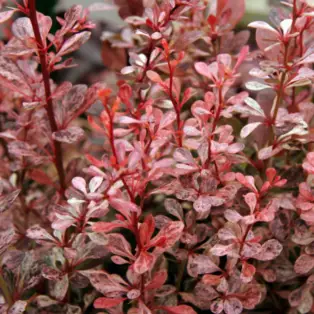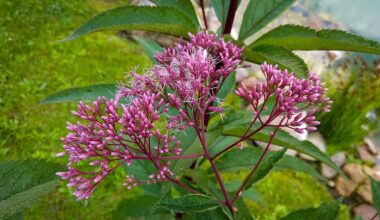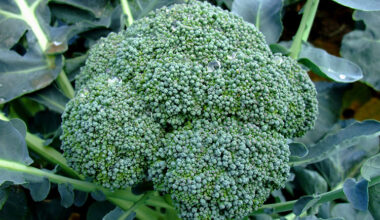Barberry is a defensive shrub of great ornamental quality, especially thanks to its flowering and decorative berries. One can prune in autumn approximately 1/4 of its height in order to support the bloom of spring.
Contents
When should I carve my barberry ?
There are two periods to prune barberry, depending on whether their foliage is evergreen or not.
Prune your evergreen barberry in the autumn each year in hedges. You can keep them rounded in shape, the military cut does not suit them particularly well.
For the barberry persistent in hedges or isolated, prune after flowering, especially the ends of the stems, without excess.
Cultivation and maintenance of barberry
No specific maintenance is essential for the barberry, however certain gestures can contribute to maintaining it in good health:
- You can prune at will the barberry cultivated in hedges.
- For the species with persistent foliage, a little more sensitive to the great cold, you can mulch the feet with dry leaves to protect them in winter.
- You can also mulch the barberry’ feet in spring with an organic mulch to keep their roots cool in very dry soils. This will also save you from painful weeding due to the thorny branches.
- Finally, if you find your barberry too weak, bring them some manure or decomposed compost or a complete fertilizer once a year, in the spring or fall. If they are well-developed, do not take them.
- In case of drought, water your plants about every two weeks.
Plantation of barberry
It is preferable to plant barberry in the fall to promote rooting and therefore a better recovery the following year.
Planting is possible in the spring provided that you plan a more regular watering the first year after planting.
In hedges, respect a minimum spacing of 1 m between each plant.

Barberry in pot :
There are dwarf species that are particularly suitable for pot cultivation.
Avoid overly hot situations when planted in pots.
Water regularly, especially in the summer
Mulch the soil to maintain moisture in the pot as evaporation is much faster.
Shrub fertilizer once a year is necessary when growing in pots.
Multiplication of barberry
You can easily multiply barberry by sowing in March or for some by layering and cutting.
You can cut the evergreen and deciduous species in August-September with heel cuttings taken from semi-August branches. Deciduous species can also be cut at the end of spring with cuttings taken from young herbaceous shoots.
- Place the semi-arched cuttings in a nursery, the herbaceous ones in a bucket, in a mixture of soil and sand.
- Transplant the potted cuttings the following spring in a similar substrate with added soil, and place them in their final position in the fall.
Diseases, pests and parasites of barberry
Barberry is resistant to pollution and most diseases and pests if they are properly settled in not too wet soil with well-drained soil.
However, aphids may attack them in the spring. Treat any significant development without delay with simple, non-toxic solutions.
Also, you may sometimes see some traces of powdery mildew or rust in the summer. Make sure your soil is well-drained and avoid watering the foliage. Horsetail liquid manure can be used against rust.
Summary
Barberry is often used to compose defensive hedges. But do not hesitate to install these shrubs so diverse in the massifs or even in rocks. You can grow the dwarf or slow-growing varieties of containers, or isolate a subject on the lawn. It is advisable to prune them in the autumn, at about ¼ of their height, in this way, the flowering will be favoured in spring.








